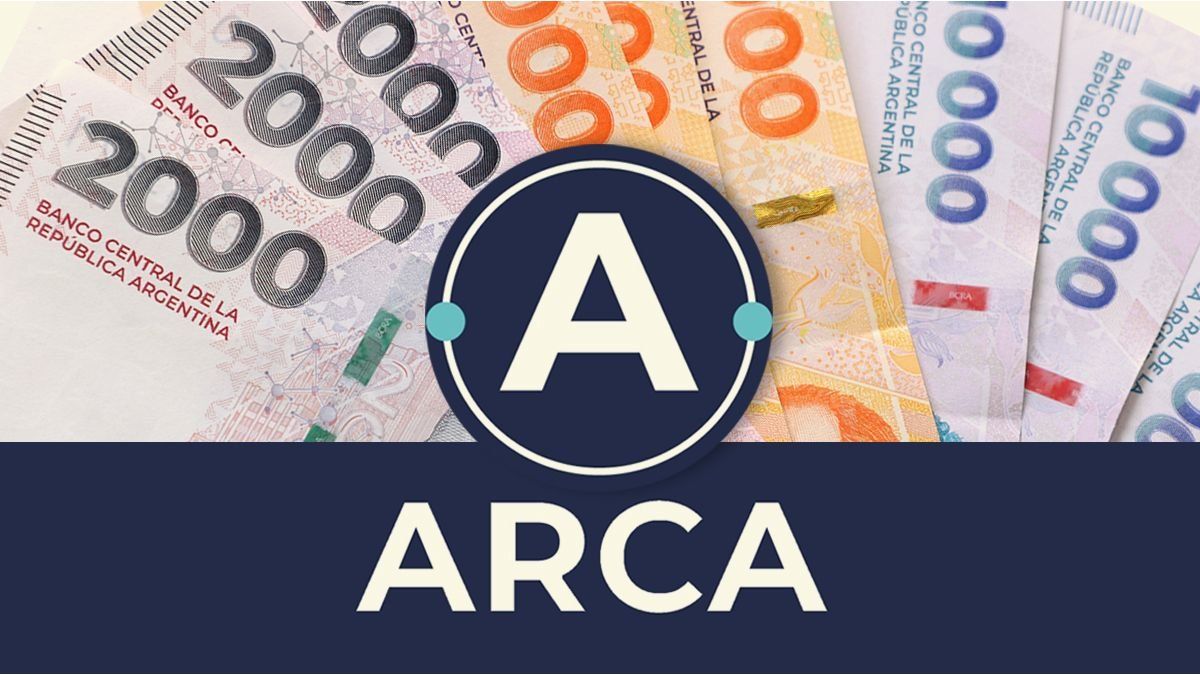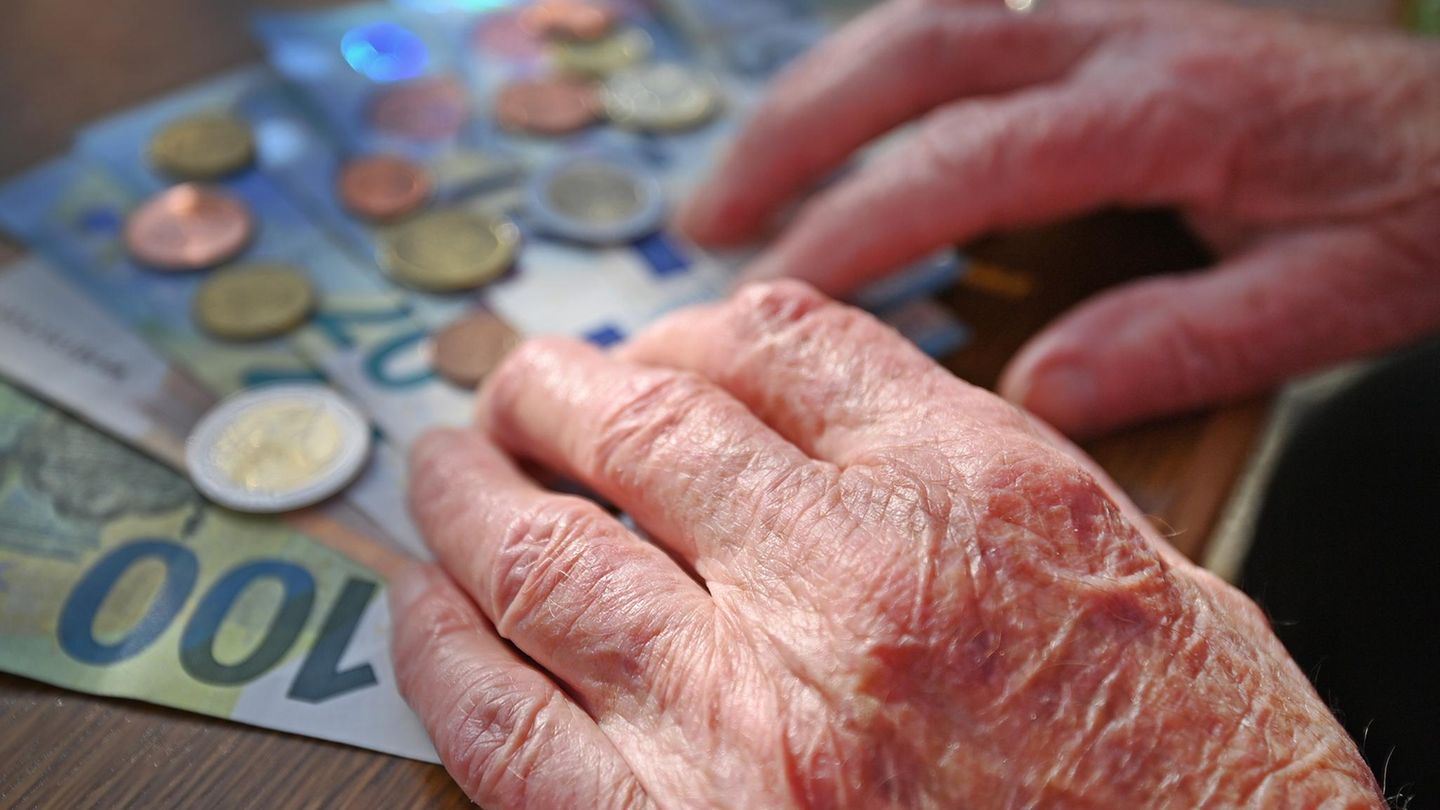The main challenge of the government of Javier Milei with the tax collection of 2025 is to replace the produced of the Country tax, which was a fundamental contribution to last year’s income.
In addition to this, you also have to replace some “extra” which registered last year as moratorium, laundering and the effect of inflation that impacts nominal terms by putting on numbers.
The point is that the country tax was a tribute whose produced was entirely for the nation, that is, it was not shared with the provinces. And now it is expected to replace it with increased collection of taxes that are co -participate, basically VAT and profits.
Therefore, every month, when the secretary From public income, Carlos Guberman, looks at the box, has to count how many pesos they had left after having automatically sent the resources to the provinces as ordered by law.
In February, general national collection grew 12%, while the one left only for the nation did the same in 7%, which states that it is within the margins that would allow to compensate for the losses, but that leaves no room for a tax this year. In January that space had been 4.9%.
The Iaraf points out that this year there will be a decrease in resources, as has been said, the elimination of the country tax, but also for the changes of the Tax on Personal Assets, for the possible fall of the income generated by the laundering and by changes of the exemption of payment of the VAT payment at the time of marketing of customs.
“For the National Government, a loss of collection (in 2025) of these four taxes of 1.42 percentage points of GDP is projected, while for the consolidated provinces and CABA the loss would be 0.42 points of the GDP,” says the study.
Of a loss of collection equivalent to 1.84 percentage points of GDP, The nation participates with 77% and the consolidated provinces and CABA with 23%.
In that sense, the Outlier consultant maintains in her latest report related to the extraordinary result of tax collection that “we are comparing against months in which the real performance of the collection was very bad.”
Iaraf.png
“That is to say that those months are not very demanding. In addition to February 2025, he had a business day rather than his homonym of 2024, a question with which the official communication was quite pointed and now he seems to have not so much relevance, ”explains the consultant.
A Customs VAT Aid
According to Outlier, when analyzing the VAT the internal component or DGI, 76.5% annual nominal and 6% real grew, decelerating compared to January, versus a DGA or customs component that grew nominal 81.9% and grew 9% deflated by CPI. February Customs VAT accelerated compared to January when about -20% had fallen in real interannual terms.
“How does this disparity explain? Clearly there is no such strong change in the composition of consumption. In particular, in January and February 2024 (comparison point) the collection of customs VAT had been favored by the suspension of non -retention certificates and a nominal exchange rate rise that had run well above that of the CPI. In January and February 2025 the opposite effect was given in both aspects, ”says the report.
Since March there are no VAT to importers
Sebastián Domínguez, CEO of SDC Tax Advisorsrecalled in a recent report that in March 2023, the AFIP – today Customs Collection and Control Agency (ARCA) – ordered the suspension of the use of exclusion certificates to avoid profit and VAT perceptions in the importation of goods. That is, higher tax revenues were registered in that year and in 2024.
But a Mid February of this year, with the publication of RG 5655, Arca decided to eliminate the prohibition of using exclusion certificates, in all cases, as of March 1, 2025.
“This resolution is positive for foreign trade, since it restores a logical scheme of perceptions, which function as tax advances, allowing companies with current certificates to avoid undue payments,” says Domínguez.
Specifically, importers who have:
-
Certificates of non -retention, perception and payments on the VAT account (RG 2226)
-
Certificates of non -income tax withholding (RG 830)
They can use them to avoid perceptions in their imports, eliminating an unnecessary financial burden.
“This will not only strengthen the competitiveness of the sector, but should also be reflected in a cost reduction that contributes to a decrease in the prices of goods and services throughout the commercial chain,” says Domínguez.
The effect it will have on fiscal accounts since March will surely be a strong decline in the collection of customs VAT, and in part of the income tax, which would have an effect on national collection.
Source: Ambito




